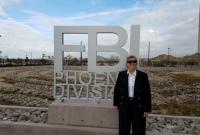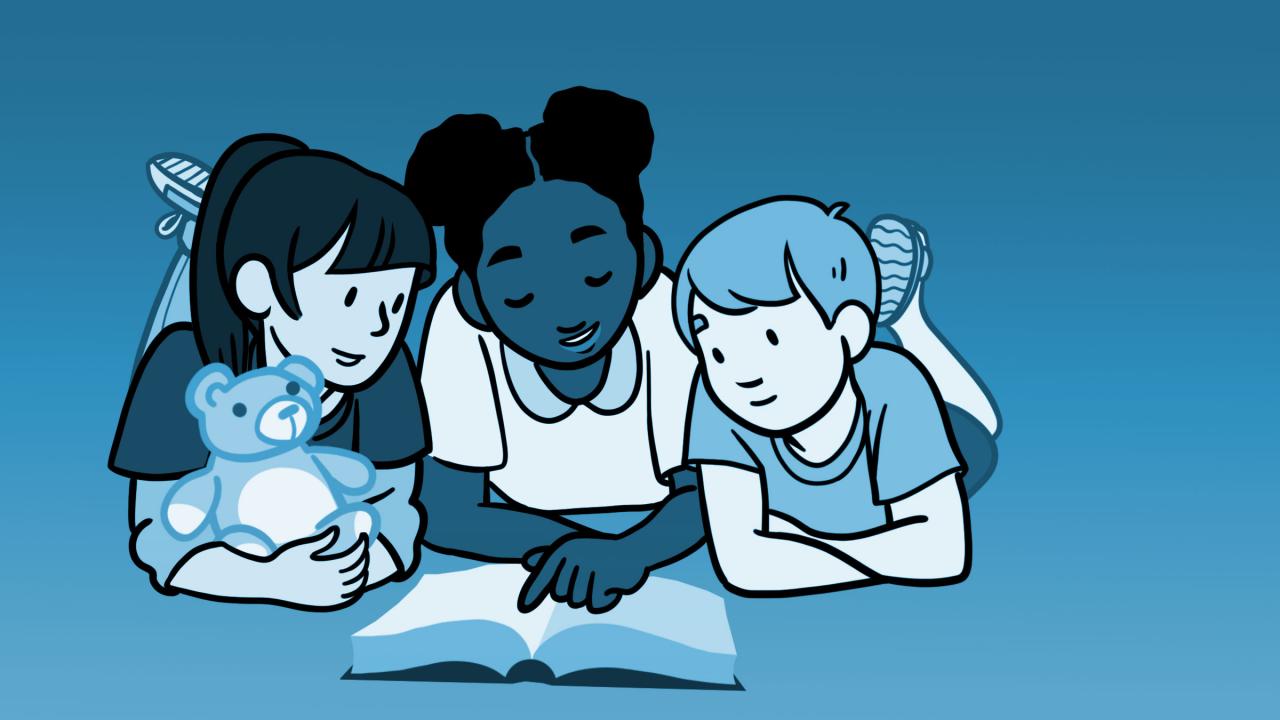Child Safety
Featured Image
Image

Post date
06/07/2019 - 14:34
With thousands of active agents in the United States and around the world, the Federal Bureau of Investigation (FBI) is a viable recipient of international child abuse reports.
Post date
06/26/2018 - 15:16
A conversation between Theresa Lynn Sidebotham, Esq. and Dr. Brent Lindquist about ensuring the optimal experience for children in the missions field.

